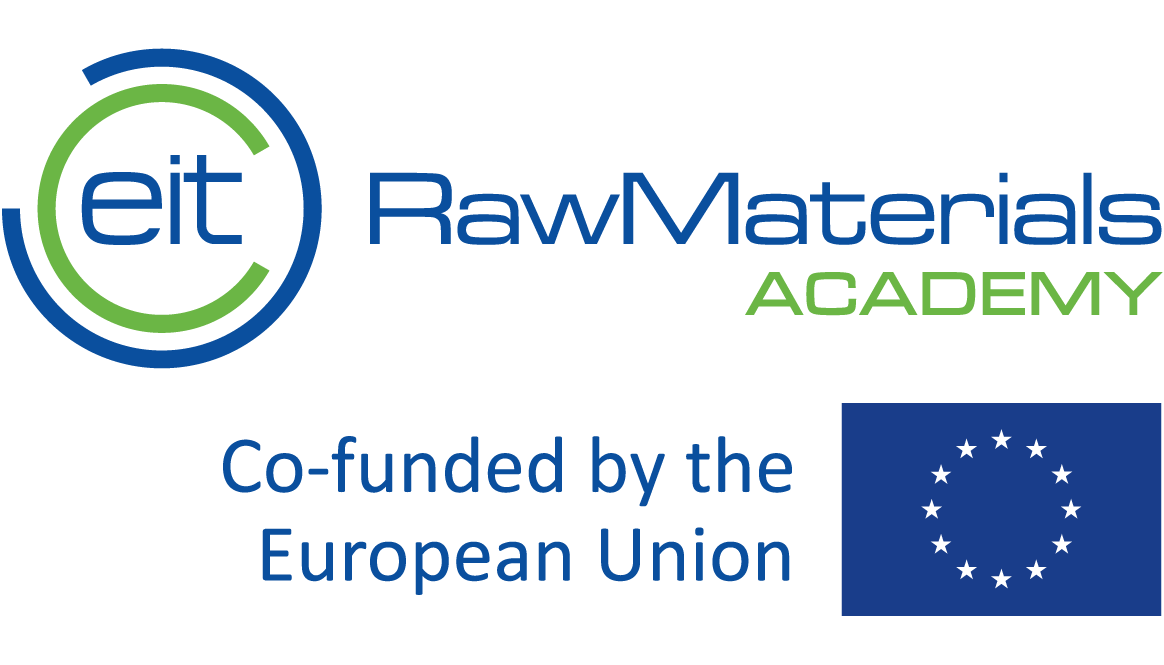Laser Powder Bed Fusion: Optimising LPBF Parameters
Posted 3 years 2 months ago by EIT RawMaterials
Understand and optimise LPBF additive manufacturing parameters
Powder bed fusion uses electron beams or lasers to melt and fuse material powder together. Laser powder bed fusion technology (LPBF) works very well with metals, allowing manufacturers to accurately produce parts with complex shapes.
Since LPBF is so effective in metal additive manufacturing (3D printing), it’s being used more and more often. To ensure high-quality 3D printing of metal components, professionals in the additive manufacturing sector must have a good understanding of the process parameters that can influence production.
This three-week course will give you an overview of these process parameters when using lasers, and how to optimise them when investigating new materials.
Get to grips with metal additive manufacturing basics
Delving into melt pool formation, you’ll learn what happens at the macro-, meso-, and micro-levels.
You’ll cover basic processes, factors influencing melt pool formation, and keyhole and conduction melt modes to help further your knowledge of metal additive manufacturing.
Take a closer look at LPBF additive manufacturing parameters
After developing a good grounding in LPBF 3D printing basics, you’ll unpack the different parameters that influence the process and products, including environmental and material considerations.
Optimise LBPF 3D printing processes
Finally, you’ll look at optimisation strategies for down- and up-facing surfaces, and at parameter optimisation for new materials.
You’ll be guided by the experts at EIT Raw Materials to ensure you finish the course with the skills and knowledge to get the best possible results on any LBPF project.
This course is designed for engineers, researchers, and managers in the metal additive manufacturing sector, as well as anyone else interested in optimising LBPF parameters to process new materials.
This course is designed for engineers, researchers, and managers in the metal additive manufacturing sector, as well as anyone else interested in optimising LBPF parameters to process new materials.
- Describe what happens during melt pool formation: which physical phenomena take place at macro-scale, meso-scale and micro-scale.
- Explain how keyhole melt mode and conduction melt mode are formed and identify influential parameters for them.
- Describe process parameters, environmental parameters, material parameters and part parameters that are important in LPBF.
- Explain how LPBF parameters can be optimized when investigating new materials.
- Identify strategies for optimizing the surface quality in down-facing and up-facing surfaces and for increasing the productivity.
EIT RawMaterials - Latest Courses
Due Diligence in Mineral Value Chains: Responsible Business Conduct
- 4 weeks
- Online
Sustainable Management in the Extractive Industry
- 6 weeks
- Online
Introduction to Magnetism: The Challenges of Rare Earth Magnets
- 6 weeks
- Online
Batteries for the Energy Transition: Exploring the Sustainable Value Chain
- 4 weeks
- Online
E-Waste and Battery Recycling: Technology, Design, and Challenges
- 4 weeks
- Online


